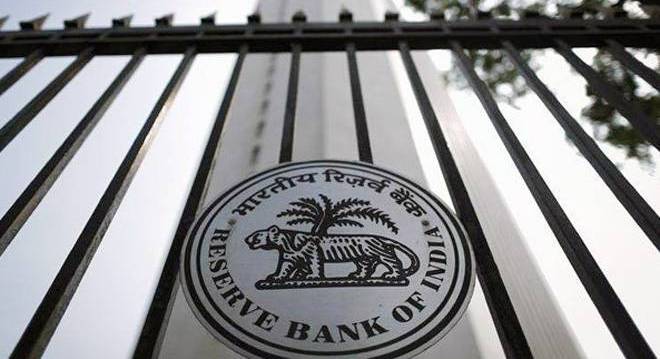Early this month, the Reserve Bank of India (RBI) decided to hold on to benchmark lending rates. It was widely expected that the bank would lower the repo rate by at least 25 basis given the shrinkage in GDP numbers. However, that was not to be. At his post-review interactions with the press, Governor Shaktikanta Das said the bank has already reduced the repo rate by 135 basis points since February while banks have passed on a measly 40 basis points — a 30 per cent of the total cut, to consumers. At 5.5 per cent, the repo rate currently stands at a nine-year low. The central bank said it will wait for the banks to reduce the lending rates first before it affects another cut in the repo rate. Understandably so. Quick on the heels of the review meeting, the State Bank of India (SBI) cut its lending rate by 10 basis points. Though small, the move by the largest commercial bank in the country triggered a positive momentum in the country’s banking eco-system. As if on a cue, the UCO Bank slashed its lending rate by a similar trend. The state-run Bank of India also revised its one-year MCLR-based lending rates by up to 20 basis points across various tenors. Both public and private sector banks have rushed in to reduce their the marginal cost of lending rate (MCLR) and the revised one-year MCLR-based lending rates by up to 20 basis points across various tenors. The Bank of Baroda has reduced the one-year-MCLR by 0.05 percentage points to 8.25 per cent from today. This may lead to all MCLR-linked loans cheaper by way of similar reductions. On Tuesday, Union Bank of India slashed its interest by 5-10 points across all tenors. After the cut, Union Bank of India announced that it cut MCLR by 5-10 basis points across all tenors. From among private lenders, HDFC Bank cut its MCLR for all tenors by 15 basis points. The bank cut the 6-month MCLR by 10 bps to 8 per cent, 1-year rate by 15 bps to 8.15 per cent. All put together, six banks have reduced their lending rate after the central bank kept repo rate unchanged.
It is interesting to note that banks have routinely cold-shouldered RBI’s actions in the past when it reduced repo rate by 135 basis points in phases, and simultaneously asked banks to transmit the benefits lower interest rates to customers. Das has been meeting PSB chiefs at periodic intervals to work them around his point so that there is sufficient credit off-take. But banks got away without doing it. This time around, the RBI has refused to cut the repo rate contrary to people’s expectations, but banks have uncharacteristically slashed their lending rates. Most of the retail loans including home loans are pegged to one-year marginal cost of funds based lending rate. What could be the reason for this type of a changeover in the banks’ behaviour? They appear to have realised that their continuous reluctance to pass on the benefits of rate cuts to customers has forced BBI to hold onto rates. Any freeze on the repo rate will affect them more than it would the customers. The current economic slowdown has been more due to a squeeze in demand, and not supply, barring certain agricultural commodities like onions. People do not spend money unless they get more in their hands. A cheaper interest rate environment will likely encourage them to spend more. Though late, banks have taken a move in the right direction. We welcome this. But that is not enough. A 10 to 20 bps cut in interest rate is too little and too late. Banks must shun baby steps. At least a 50 bps cut in interest rate is in order.
